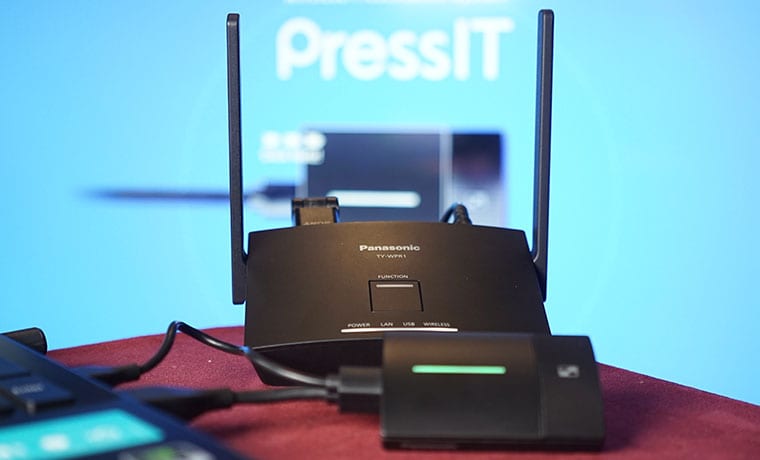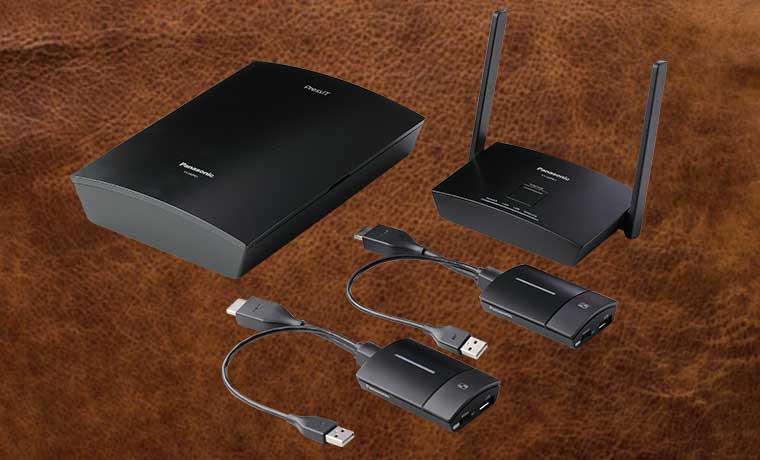Presentations can be incredibly stressful whether you’re the presenter or the one being presented to. Isn't it enough that you have to deal with creating and delivering a presentation that is engaging and clearly communicates your ideas? Maybe you’re the client watching your vendor wrangle with your conference room’s AV system. These scenarios are real and most of us have been on both sides of this conference table more times than we’d like to remember. How many times have you arrived early at meetings hoping to make sure the AV system is working, usable, and not going to kill your presentation before it starts? Don’t even think about trying to present from your tablet or smartphone.
The folks at Panasonic recently announced the TY-WPS1 wireless presentation system as a solution for making these, and so many other painful scenarios, a thing of the past. Panasonic calls Its solution PressIT. PressIt will make presenting in the modern workplace as easy as plugging in a USB dongle and pressing a button. PressIT is an innovative solution that makes collaboration incredibly simple by removing the complex technical component out of the equation.




